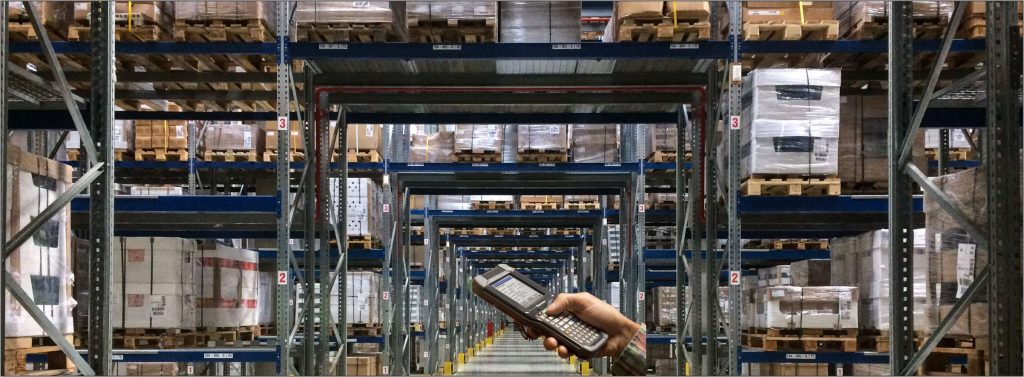
Store it Right
by B. Balasubramanian, Deputy General Manager, Business Excellence & Implementation.
This blog looks at the impact of the evolving market dynamics on inventory management. Inventory management involves more than simple measuring, storing and dispatching. Efficiency in inventory management processes requires faultless coordination with the undercurrents of purchase, supply and demand. A warehouse’s productivity is measured by how well its inventory is managed. Maintaining a seamless inventory management design is now synonymous with sustaining a seamless end-to-end supply network. Optimizing your inventory management system as per the changing times converts into many long-term benefits; and planning for the long term gives a business the competitive advantage it needs to survive today’s ever-changing market. While at the same time, poor planning may prove disastrous to a business and it may face the risk of falling dangerously behind.
Many companies face the challenge of evolving with the times and implementing the planned improvements. In fact, over 60% of the companies fall short of fully implementing the strategies that are set on the drawing board in the conceptualization phase. Now, since the landscape has shifted post the implementation of the new tax structure, planning and implementation have a whole new level of importance around them. GST has changed the face of the industry and has brought in the much-needed economic makeover for the country. It has eased the movement of cargo in a country where transportation has proven historically difficult. The implementation of GST and the increasingly consumer-centric perspective of the market have made it important for inventory management systems to be re-looked as well.
In the modern infrastructures, businesses are organizing their warehousing operations more centrally than before. This indicates higher concentration of products in a central location before dispatch. Moreover, a diverse set of products are now making their way to the same warehousing set-ups for pre-dispatch processes. This means there is a call for a more complex inventory management system to be realized. A higher concentration of products in a single location calls for a multi-layered operational structure and higher dispatch frequencies. As a result, warehouse units and their inventory management systems need to be optimized for accelerated serviceability.
Fortunately, many software vendors in the market today are committed to assisting warehousing businesses cope with the fast-changing times. Additionally, custom-made services with provisions for GST invoices and quick installations have started to make inventory management easier. The highly customizable WMS softwares of today offer linking features based on standardized nomenclature of products, streamlining the inventory management process even further. Put away and picking process using Hand Held Terminals (HHTs) really improves the First Pick Ratio which will increase the warehouse productivity, higher order fill rate and lesser order processing time. This coupled with quick tax calculations and compliant billing systems make a power-packed combination for inventory management professionals.
Another step that an inventory infrastructure can benefit from is risk pooling, which is nothing but consolidating inventory from across different locations. Risk pooling proves to be one of the more efficient inventory management practices, as it helps lower the risk of stock-outs. Inventory management professionals have more breathing room, thanks to the intelligent placement of inventory. Smarter inventory modelling often wins the day when the safety stock comes in handy, in the event of unexpected conditions that may hamper the product flow.
All in all, thanks to the increased transparency and the consumer centric market of today, re-working the inventory management is sure to pay off in the short as well as the long run.